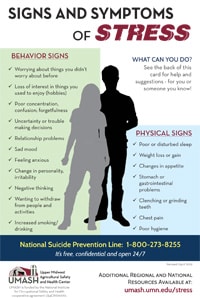A Brief History of Road Signs
A Brief History of Road Signs
 In 1958 the first section of motorway in the UK, the Preston bypass – now part of the M6 was opened. This was quickly surpassed by the opening of the M1 in the following year. The road signs we currently use across the UK were designed for these roads and the exact same designs are still with us today. This feat of future proof sign design was presided over by Jock Kinnear and Margaret Calvert. Kinnear had been Calverts tutor at the Chelsea College of Art in 1950. In 1957 when he was appointed head of design for Britain’s roads – he hired her to work alongside him. Together they came up with the clear simple typography and easily understood pictograms and symbols which we all know and love. Initially the cerulean and azure blue background with zinc-white lettering proposed for use on motorway signage was controversial. It was felt that the lower-case lettering was too bold and modern. Obviously these objections were overcome and the signage system they proposed came into universal use.
In 1958 the first section of motorway in the UK, the Preston bypass – now part of the M6 was opened. This was quickly surpassed by the opening of the M1 in the following year. The road signs we currently use across the UK were designed for these roads and the exact same designs are still with us today. This feat of future proof sign design was presided over by Jock Kinnear and Margaret Calvert. Kinnear had been Calverts tutor at the Chelsea College of Art in 1950. In 1957 when he was appointed head of design for Britain’s roads – he hired her to work alongside him. Together they came up with the clear simple typography and easily understood pictograms and symbols which we all know and love. Initially the cerulean and azure blue background with zinc-white lettering proposed for use on motorway signage was controversial. It was felt that the lower-case lettering was too bold and modern. Obviously these objections were overcome and the signage system they proposed came into universal use.
After the success of the motorway road signage – they moved on the A road network, coming up with the green and white signs still in use today. Part of the strength of the symbol and pictogram system devised for road safety signs by the partnership is it’s lack of literal correctness. For example the ‘slippery surface’ symbol shows a car tracks crossing in an exaggerated serve – the tracks wouldn’t actually cross like this – but the symbol is universally understood. This graphical slight of hand means that the symbol designer isn’t hampered by physical constants – but can focus on conveying immediate meaning.
Another ‘trick’ used by the pair to great success is design consistency. By keeping design elements consistent across types of road signs – meaning is conveyed without thinking about it. Elements that are used to great effect on road signs include, colours, shapes and symbols. Taking this one stage further some people believe that colours and shapes can have subconscious effects for example:
Blue is considered calming and relaxed
Yellow or amber is alarming – conveying danger
The points on triangles convey danger
On road signs:
Motorway road signs or directions to motorways are always blue
A-road signs or directions to A roads are always green
This concept of consistent design elements are also used in the UK’s safety signs, for example:
A red crossed through circle always means something is “not allowed” or prohibition sign
A triangle in black and yellow is associated with a warning sign of danger
A white symbol on a green background shows the path or method to safety (a safe condition sign)
In a recent survey of 500 drivers, none were able to correctly identify all 12 road signs presented to them. Does this mean that our road signs aren’t clear enough? Should we embark on a campaign to re-design and replace all of the 1000’s of road signs around the country? Probably not, more likely is that our knowledge of the Highway code and general standards of driver ability have deteriorated to concerning levels…





